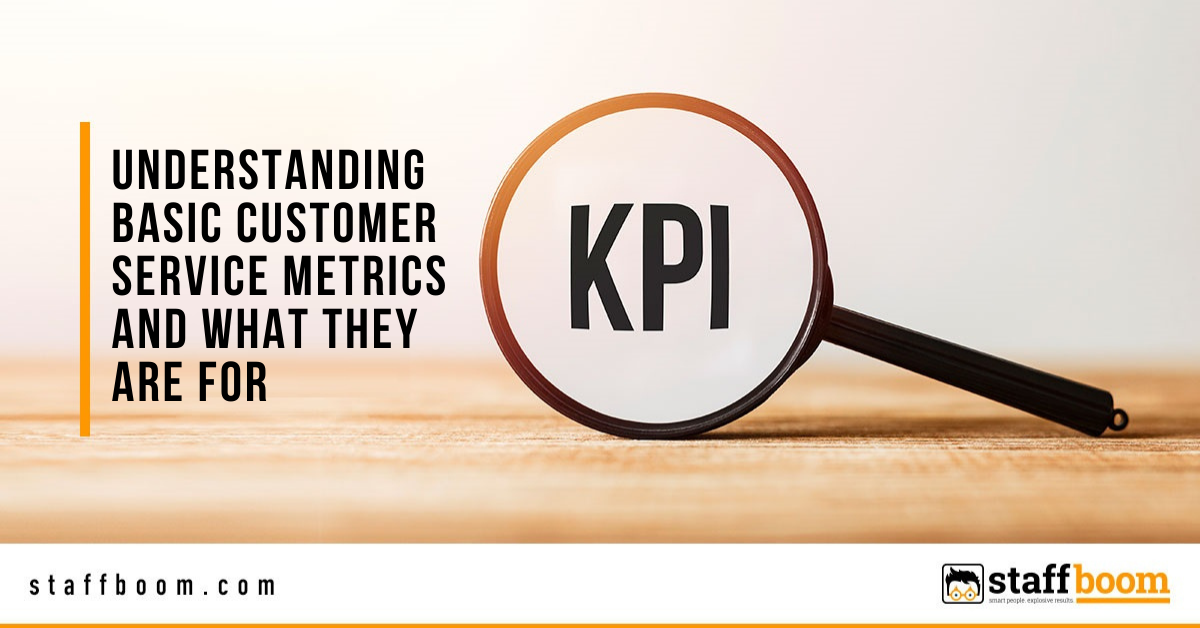
Customer service metrics represent how effective a company is at meeting its customers’ needs.
Imagine that your customer service metrics are the vital signs of your insurance business’ health. Your customers are the heart, and the quality of your customer service is the blood that gives your business life. With this analogy, you need to closely monitor your outsourced customer service team’s overall performance to see where your business is at in providing a seamless, top-notch customer experience.
Therefore, having key performance indicators keeps everyone on the same page. However, tons of customer service metrics can be utilized, and it can be overwhelming to choose which metric will suit your team.
The following metrics are a great start in understanding the jargon of customer service metrics.
The Customer Satisfaction Score (CSAT) helps to determine how satisfied your customers are with the support service that your outsourced customer service team provides. This is usually determined through surveys that customers answer at the end of an email or a phone call.
In determining customer satisfaction, the values are pre-determined to indicate how satisfied a customer is. For example, on a scale of 1 to 10, a rating of 7 to 10 can be categorized as a “highly satisfied” score, while on the other hand, a rating of 1 to 3 can indicate a customer as “not satisfied”.
CSAT scores are a basic calculation of customer feedback and loyalty. But it can be a useful metric in understanding general customer happiness and measuring your business against your competition.
The Negative Response Rate (NRR) is the inverse of a CSAT score. For example, if the CSAT rating is 80%, NRR is 20%. NRR ratings should always be kept at a minimum. A persistently increasing NRR should be a sign to align with your outsourced customer service agents on how they should handle dissatisfied customers.
This is a primary metric that gives a broad view of the number of customers that your team must cater to. The total number of tickets can be calculated daily, weekly, monthly, quarterly, or depending on your need. What is important is that you can see how efficient and productive your team is.
There is no standard time on how a ticket or a support call can be completed due to the varying complexities of issues to be resolved. It certainly helps to group all issues received and observe their average resolution time to determine if the team is consistent with their efficiency or determine if there is a need for improvement.
The rule of thumb is that the longer a customer waits, the higher the likelihood that they will walk away unhappy. This metric covers the time when a support ticket is received to when the ticket is replied to or responded to.
The Average Response Time is subjective and is similar to the Average Resolution Time in which there are no set standards due to varying complexities and conditions. However, this metric is still important to help ensure that customers are not left waiting and assures them that their issues are acknowledged by your team and are quickly being addressed.
When an insurance company is increasingly customer-driven, customer satisfaction drives up repeat purchases, instills brand loyalty, and promotes positive referrals.
Do you have questions on how to outsource your customer service? Contact us now!


Business Development Manager
Kelly Wade is a Business Development Manager at Staff Boom. With a bachelor’s degree in business from Azusa Pacific University and a cosmetology license, Kelly brings a unique blend of expertise to her role. Since joining in 2018, Kelly has played a vital role in the company’s growth by bringing in new clients and fostering strong, lasting relationships with them. She takes great pride in her ability to find innovative solutions that truly benefit customers, and her genuine care for people shines through in every interaction. While she decided to leave her cosmetology practice behind to pursue a career in sales, she still finds joy in occasionally using her hair styling skills on a smaller scale.
Outside of work, Kelly embraces her role as a proud wife and mother. Her daughter keeps her busy with a wide range of activities, and Kelly strives to balance her professional and personal life to ensure quality time with her family. As a passionate sports fan, particularly when it comes to football (Go Saints!), she knows how to bring that same enthusiasm and dedication to her work and personal interests.
